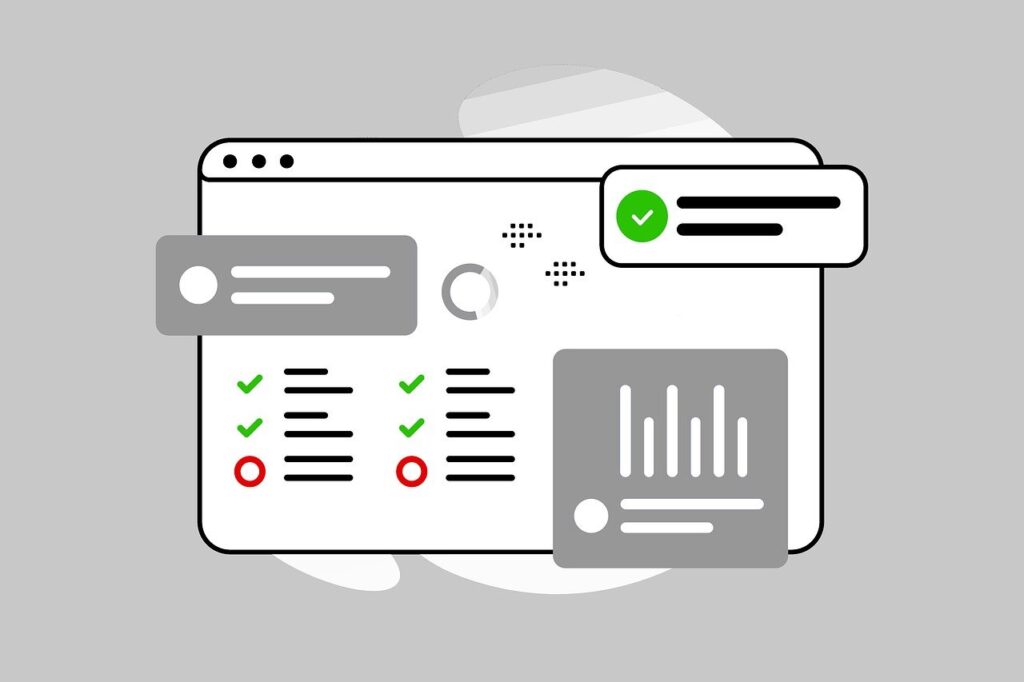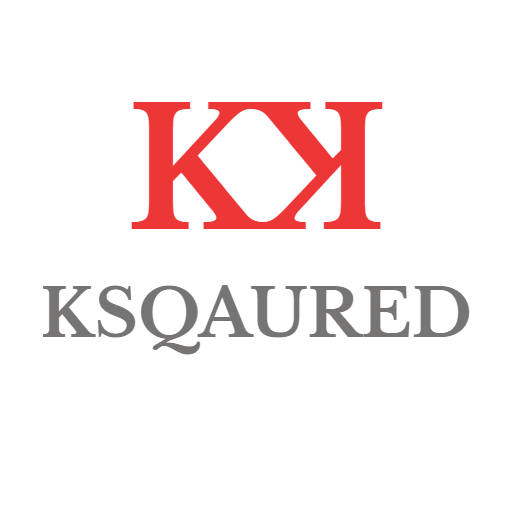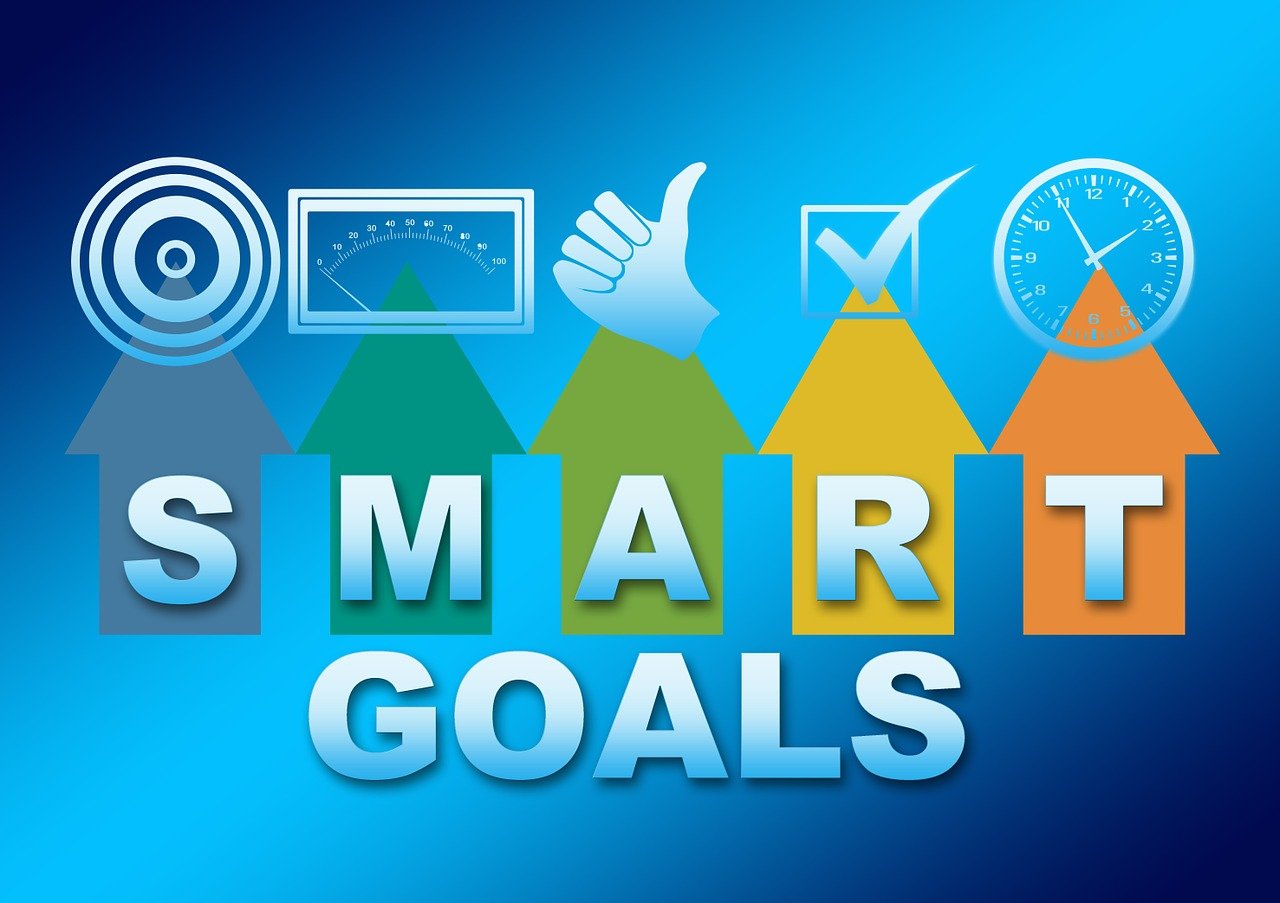What are project management methodologies?
Project management methodologies provide structured approaches for planning, executing, and closing projects. We have four commonly used methodologies: PRINCE2, Rapid Application Development (RAD), Waterfall, and Agile.
I will be comparing two methodologies concerning their key features: advantages, disadvantages, and their use as case examples. Below is an explanation of PRINCE2 (Projects in Control Environment) with the waterfall methodology model and a brief comparison between the two models.
PRINCE2 (Projects IN Controlled Environments)
PRINCE2 is a process-driven project management methodology that emphasizes control over the project from start to finish. It is widely used in the UK and other countries, particularly in government projects.
Its key features include processes and phases, which are divided into distinct phases: starting up a project, initiating a project, controlling a stage, managing product delivery, managing a stage boundary, and closing a project.
Roles and Responsibilities are clearly defined roles for everyone involved in the project. Focus on Business Justification Ensures that projects remain viable and aligned with business objectives throughout their lifecycle.
Scalability and Flexibility make it easier for the deliverables to be tailored to fit the size and complexity of the project.
Its Advantages are that it has comprehensive documentation and detailed documentation supports control and transparency. It defines the structure of the project with clear processes and stages to ensure systematic project management.
It emphasizes proactive risk management and mitigation strategies of managing risk. Its disadvantage is its complexity in nature and it can be bureaucratic and documentation-heavy for businesses and organizations.
It may be less flexible in rapidly changing environments. It also requires certified training and professionals for effective implementation. An example of the use case of PRINCE2 is ideal for large, complex projects with well-defined requirements, such as government projects or infrastructure development
Waterfall
Waterfall is a linear and sequential project management methodology. Each phase must be completed before the next phase begins, with little to no overlap between phases.
Its key Features are sequential phase requirements that are Design, Implementation, Testing, Deployment, and Maintenance. It clearly defines stages with clear milestones and deliverables. It also has comprehensive documentation at each phase.
Its advantage is its structured approach, which defines stages and provides stability. It is also easy to manage and control due to its sequential nature. It is easier to predict timelines, costs, and budgets for projects.
Its disadvantages are its Inflexibility and difficulty accommodating changes once a phase is completed. Testing occurs late in the development process, which can lead to significant issues if defects are found later on in the project.
A use case example for waterfall is that it’s suitable for projects with stable requirements and clear objectives, such as construction projects or certain manufacturing processes.

Comparison Between PRINCE2 and Waterfall Methodologies.
PRINCE2 and Waterfall are less flexible; with PRINCE2, offering some adaptability through its scalable processes. Waterfall and PRINCE2 offer a highly structured approach with extensive documentation.
Waterfall is linear and sequential, which can be slower. PRINCE2 is structured but can be adapted to allow for iterative elements if needed. PRINCE2 has a strong focus on risk management.
Waterfall manages risk through thorough planning and documentation upfront but can struggle with unexpected changes. PRINCE2 is suitable for large, complex projects with a need for detailed control and documentation.
Internet Source:
Top 10 Most Popular Project Management Methodologies (projectmanager.com)
Project Management Methodologies Examples & Overview – Teamwork.com


Leave a Reply